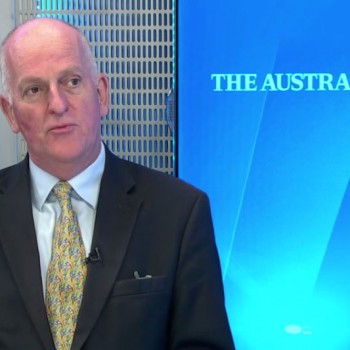
Why standardised fee disclosure for MySuper accounts is lacking
- On 15/04/2015
- superannuation
One of the key features of the development of MySuper products was the setting of standard rules for all default superannuation funds accepting mandatory employer contributions. The goal of the legislation was to simplify fees so that members can see what they pay. It also was designed to enable a fund member to compare his or her fund against other MySuper products.
The fee scale is simple – with separate values applied to administration and investments. The former (which covers operations, marketing and many other non-administration matters) is typically set at $1.50 a week.
The latter (which can include the cost of custody, asset consultants and other investment-related expenses) is generally set close to the cost of managing the funds within the MySuper investment strategy. It may include an additional amount to pay for costs not completely covered by the administration fee (for example, building fund reserves) and it will include a profit margin for retail products.
In addition, superannuation funds are allowed to charge MySuper members for cost recovery of expenses such as buy/sell margins, exit fees and switching fees.
In theory, this is very simple. However, in practice the decision to standardise fees has led to some distortions in the industry. For example:
- The disclosed investment fees do not have any reference to the underlying asset allocation of the MySuper option. Rice Warner would expect higher fees from higher levels of: growth assets; active management; unlisted assets.
- Many funds have lifecycle products which reduce growth assets over the decades approaching retirement. Apart from reducing retirement outcomes for members, some of these funds also maintain fees at higher levels than is justified by the change in asset allocation.
- Products providing an interest rate (bank savings accounts and term deposits) are shown as having no explicit fee. Technically, this is correct as the fee is taken out of interest margins. However, it does show cash to be the cheapest product even though it is generally the most inappropriate class for long-term investment.
- The disclosure of indirect costs varies widely between funds: The managed funds they invest in are not required to disclose indirect costs which make obtaining information difficult, especially from overseas providers; Layering of costs can result in poor disclosure where the superannuation fund does not have a direct relationship with the final asset manager.
A recent ASIC class order on indirect cost ratios is making progress on improving fee disclosure by removing much of the ambiguity surrounding the old definition as well as providing some good principle- based rules for disclosure. These include, for example:
- trustees must disclose fees they ‘ought to know’ rather than just what they are aware of
- trustees must provide a reasonable estimate for fees where data is not available. There is still capacity for broad improvements in fee disclosure across the industry. This requires a focus on principles rather than a set of prescriptive rules which distort the way funds disclose their fees in order to gain a competitive advantage.
– Nathan Bonarius, Consultant, Market Insights



